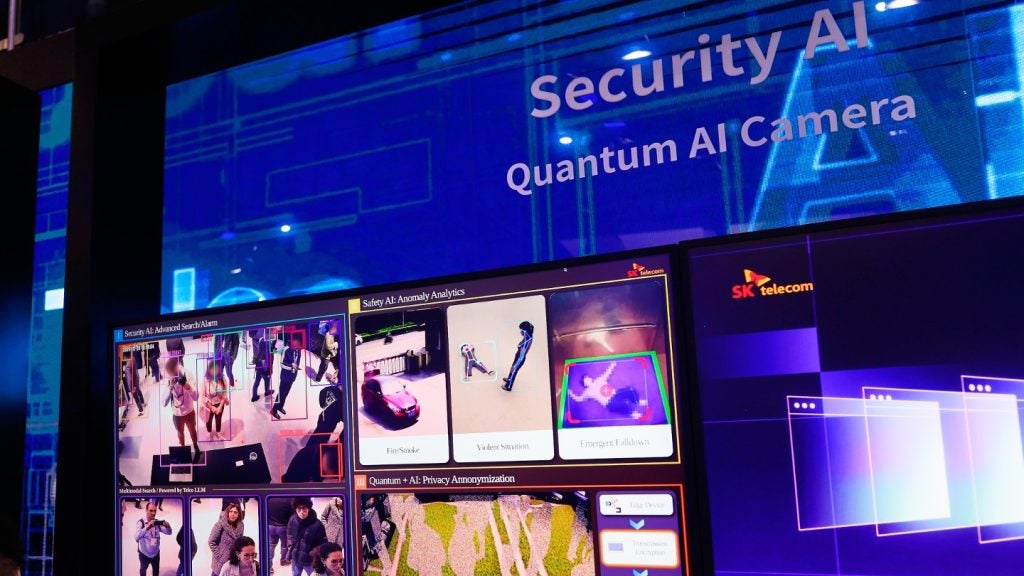The US Air Force (UAF) has developed new technology to help enhance operation of the space-based infrared detectors.
Jointly developed with Creare under a multi-phase small business innovation research (SBIR) programme, the new two-stage turbo-Brayton cryocooler augments the performance of electro-optical space payloads by improving components of the cryocooling system.
The lightweight, vibration-free cryocooler is multi-stage compatible and provides refrigeration in the 10 to 20 Kelvin temperature range, and also has long maintenance-free lifetimes.
Majority of space-based infrared detectors should be maintained at extremely low temperature refrigeration for optimal performance.
US Air Force programme manager Thomas Fraser said: "The method developed during this programme is a very efficient method of refrigeration using miniature turbines spinning at thousands of revolutions per second.
See Also:
"This technology offers a long lifetime through the use of advanced, non-contact bearing technology and we expect it to support long, ten-or-more year orbit lifespans.
How well do you really know your competitors?
Access the most comprehensive Company Profiles on the market, powered by GlobalData. Save hours of research. Gain competitive edge.

Thank you!
Your download email will arrive shortly
Not ready to buy yet? Download a free sample
We are confident about the unique quality of our Company Profiles. However, we want you to make the most beneficial decision for your business, so we offer a free sample that you can download by submitting the below form
By GlobalData"It can also provide cooling at a distance from the compressor and does not impart vibration to the focal plane array, which are limiting factors in other cryocooler products and types."
During the first phase of the project, Creare obtained key operational and performance data for the cold stage turboalternator.
Under the Phase II, the company then assembled a brassboard cryocooler, measured its performance at cold-load temperatures, around 10K, and used the results to develop a preliminary design for a fully-optimised cryocooler.
Managed by the Air Force Research laboratory (AFRL), the cryocooler features miniature, gas-bearing turbomachines and high effectiveness heat exchangers, and can also be interfaced to other cryocoolers for additional stages of cooling.








